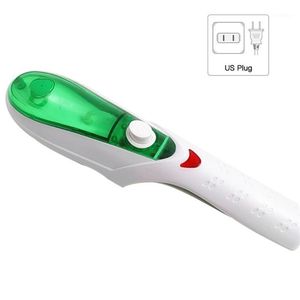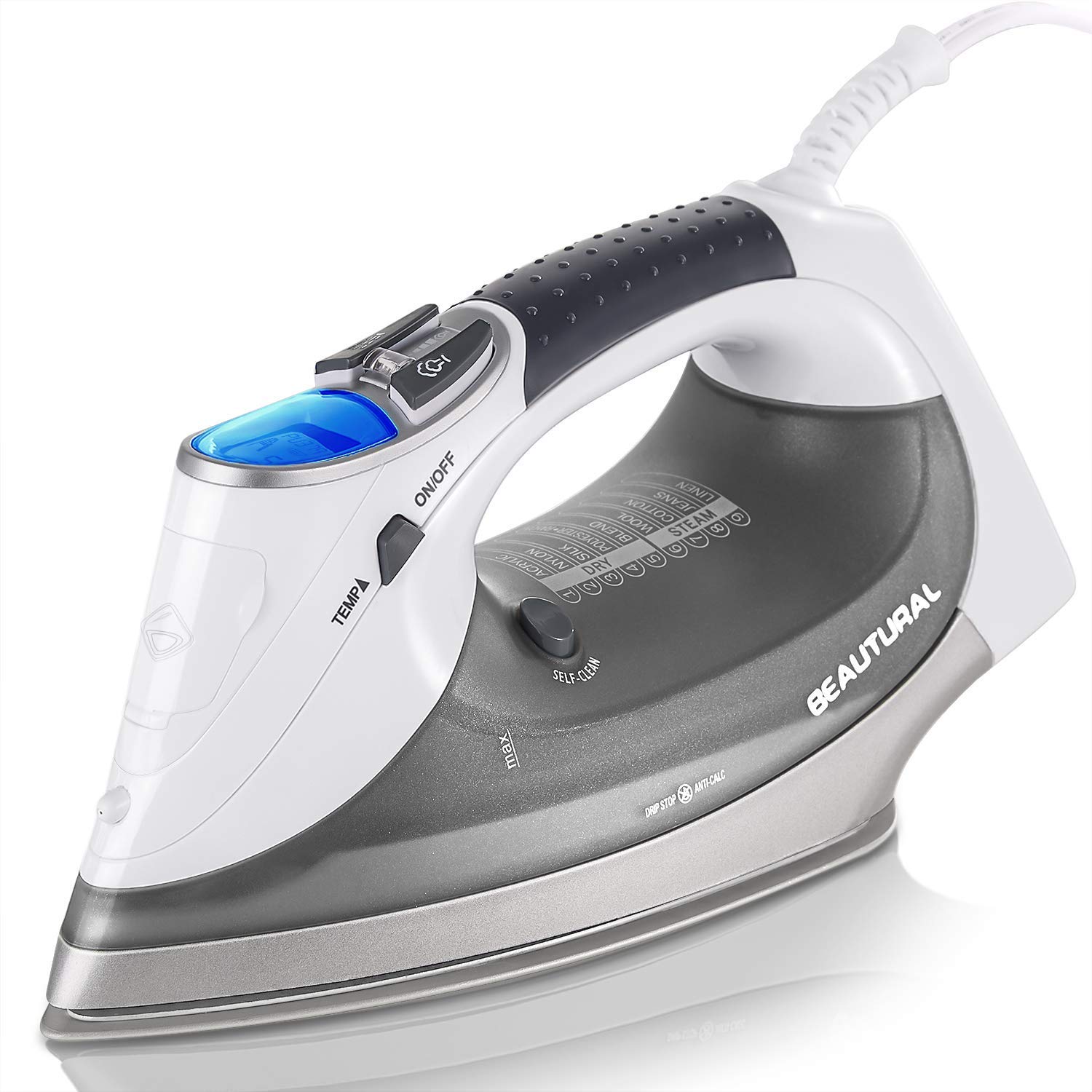

This function allows you to set the iron to remove scale deposits that could clog the steam valve and soleplate holes. This makes it easier to see the water level in your steam iron when you're filling it up, and when it's getting low. This prevents water from dripping through the soleplate and potentially staining fabrics, particularly at low temperatures. Polished stainless steel can work well, but is also susceptible to scratching and staining. SoleplateĪ non-stick soleplate is usually easier to keep clean than a stainless steel one, but you need to be careful not to scratch it, as this can cause the iron to drag over time. WeightĪ lightweight iron is easy to move but needs more downward pressure when you're using it, while a heavier one needs less pressure but can put a new spin on the term pumping iron.

The controls should also be easy to see and adjust so you can get on with the task at hand. Look for an iron that has reliable and precise control over the soleplate temperature so you can tackle a wide range of fabrics to put your new steam iron to work for the whole family. Shot-of-steam functions give you an extra burst of steam at the push of a button to help subdue stubborn wrinkles. Vertical steam allows you to iron heavy items such as curtains while they're hanging up. Variable steam allows you to control the amount of steam produced while you iron, so you can turn it up to get creases out of linen, and turn it down for more sensitive fabrics. Read irons review What to look for in a steam iron Steam


 0 kommentar(er)
0 kommentar(er)
